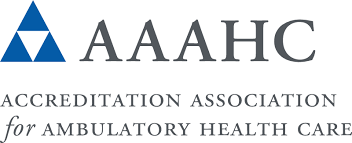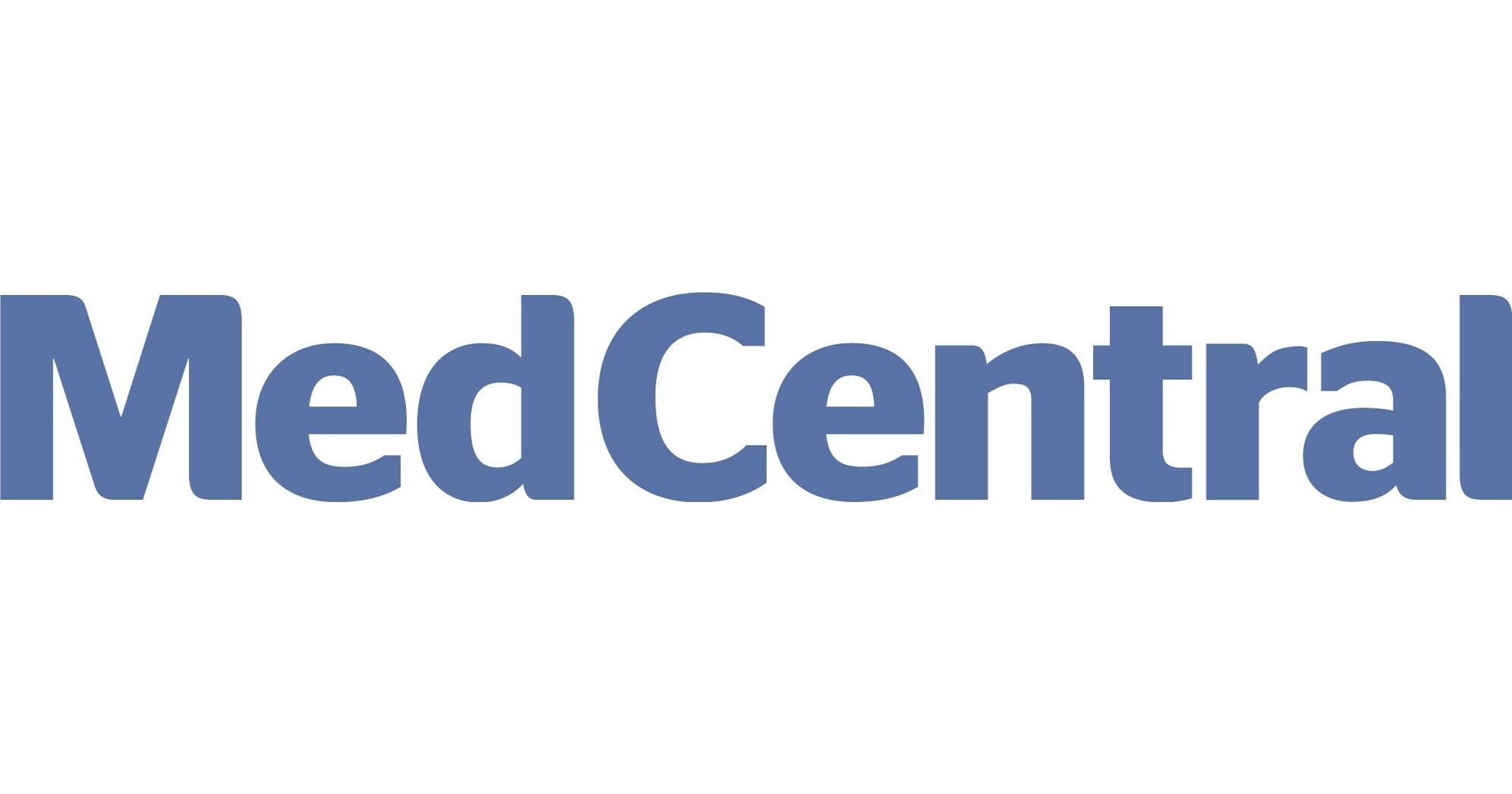Cryo nerve ablation cuts pain, narcotic use after heart surgery

Editor's Note A freezing technique applied during heart surgery is reducing pain, shortening recovery times, and minimizing the need for narcotics, News 9/CBS News August 13 reports. The procedure, called cryo nerve ablation, involves freezing nerves around the ribs to block pain signals for about 60 days. The nerves eventually…
Study: Feedback-based intervention boosts opioid prescribing adherence without worsening pain control

Editor's Note Providing tailored feedback to surgical prescribers significantly increased adherence to opioid prescribing guidelines without affecting patients’ ability to manage postoperative pain, according to research published June 11 in JAMA Surgery. The study tested whether monthly reports that included peer prescribing comparisons and patient-reported outcomes could influence opioid prescribing…
New AAAHC toolkit advances pain control while cutting opioid use in outpatient surgery

Editor's Note The Accreditation Association for Ambulatory Health Care (AAAHC) launched a new pain management toolkit that prioritizes multimodal strategies to improve outcomes and reduce opioid use in ambulatory surgery. Designed for the unique challenges of outpatient care, the resource provides practical, evidence-based guidance to optimize safety, comfort, and recovery.…
Study: Racial, insurance disparities persist in access to buprenorphine after opioid-related events

Editor's Note Black and Hispanic patients remain significantly less likely than White patients to receive buprenorphine after an opioid-related health care event, according research published June 26 in JAMA Network Open. Patients with Medicaid or Medicare Advantage also had higher odds of receiving buprenorphine than those with commercial insurance. The…
Neuromodulation gaining momentum as a transformative force in neuro care

Editor's Note Neuromodulation is shifting from the margins to the forefront of neurological treatment, offering real-world potential to transform care for conditions like epilepsy, Parkinson’s disease, and substance use disorder. As reported by Medical Device Network on May 19, the field is seeing accelerated innovation and investment, with global market…
Painkiller without opioid risks shows potential in animal trials

Editor's Note An experimental compound developed at Duke University School of Medicine provides strong pain relief without the side effects or addiction potential of opioids, according to a May 19 announcement from the university. Known as SBI-810, the drug targets a specific receptor in the nervous system and uses a…
Study: Blocking stress-linked prolactin surge relieves postoperative pain in women

Editor's Note Blocking stress-induced prolactin may significantly reduce postoperative pain in women and curb the need for opioids, according to a study led by University of Arizona Health Sciences. News-Medical.Net summarized the findings May 20. Published in Proceedings of the National Academy of Sciences, the research suggests a path toward…
Personalized perioperative pain management reduces opioid use

Editor's Note Helping patients taper opioids preoperatively before deploying multimodal care strategies can help prevent instances of patients already with prescriptions going home with even higher doses. That’s the main takeaway from an April 22 MedCentral interview with Marie N. Hanna, MD, division chief for regional anesthesia and acute pain…
Postop opioid prescriptions following outpatient surgery see steep, sustained fall

Editor's Note US surgeons are helping to slash postoperative opioid use, which has driven opioid prescription fills for common same-day procedures down from 43% to 16% over 13 years, Physician’s Weekly April 22 reports. The data were retrieved from a study published in the April 2025 issue of the Journal…
Pulse oximetry monitoring at home found to save lives of high-risk opioid surgery patients

Editor's Note Intermountain Health researchers have uncovered a practical solution for reducing the risk of opioid-induced respiratory depression (OIRD) in same-day surgery patients, showing that a basic monitoring device—specifically, a pulse oximeter—can save lives, News Channel Nebraska March 27 reports. The study, published in the Respiratory Care Journal, focused on…

 Free Daily News
Free Daily News